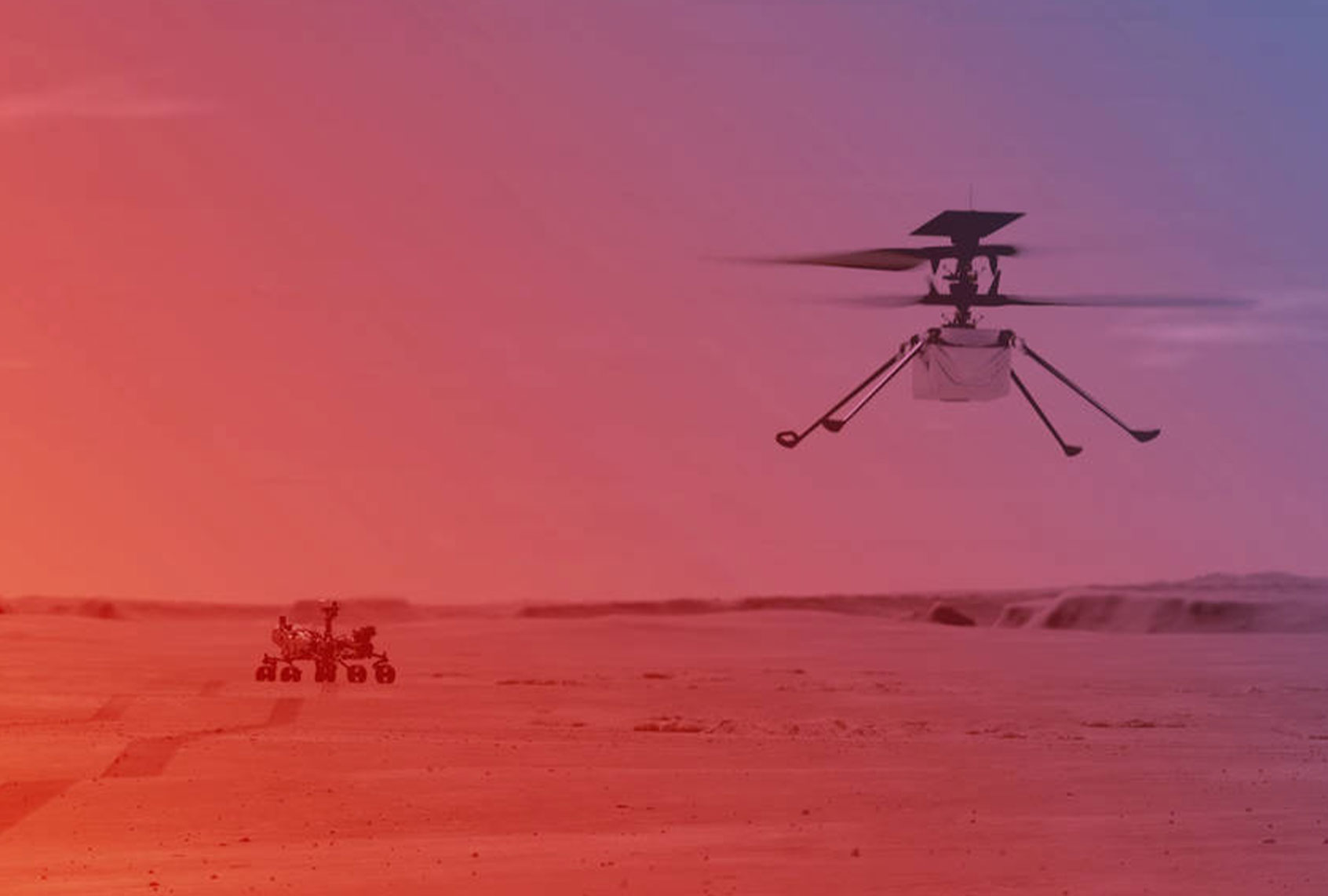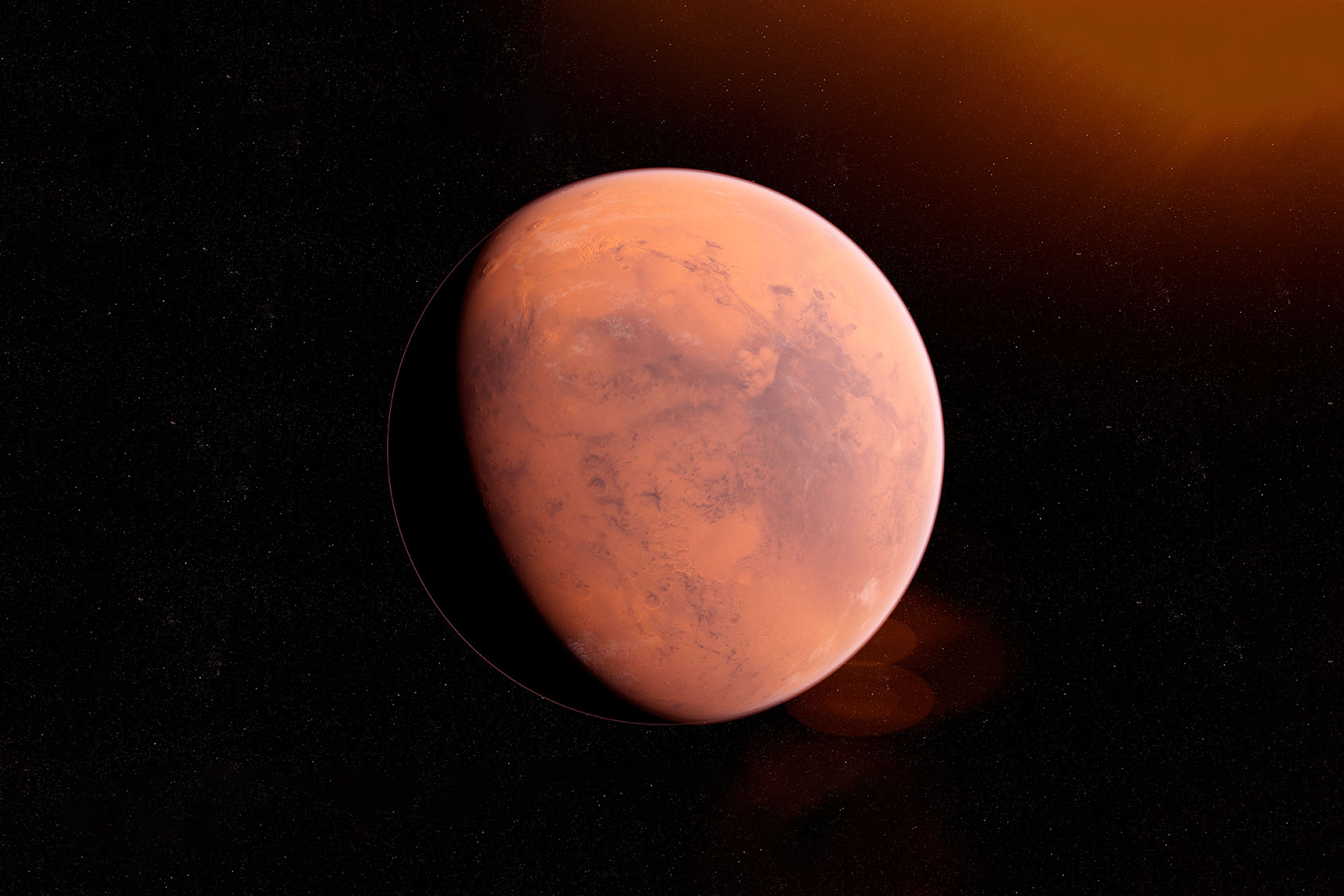On Sunday, a seven-year space mission touched down in Utah, delivering samples from an asteroid millions of miles away called Bennu. Along with specimens currently being collected from Mars and even planetary bodies as far away as Jupiter’s moons, these samples can provide clues into the origins of our solar system and life as we know it.
In a new study published today in the Proceedings of the National Academy of Sciences, researchers report a new technique for analyzing such samples that could help identify whether pieces of asteroids or other materials collected from objects in our solar system hold the building blocks of life. After teaching an artificial intelligence program how to identify 134 carbon-bearing samples of objects on Earth, including living things like a grain of rice or a human hair and nonliving things like lab-made chemical compounds, the research team found AI could successfully identify whether new objects were biotic or abiotic — a.k.a. living or nonliving — with 90% accuracy.
Actually, the AI got smart enough at categorizing objects that it was able to recognize the difference between modern and ancient living things as well, said study author Robert Hazen, Ph.D., a mineralogist at the Carnegie Institution’s Geophysical Laboratory and George Mason University.
“This was an effort to answer one of the age-old questions that we’ve had in the field of astrobiology,” Hazen said during a press briefing. “Is there a way to take a sample, to look at that sample and say unambiguously whether it was alive or not?”
The AI got smart enough at categorizing objects that it was able to recognize the difference between modern and ancient living things as well.
All living elements have biosignatures, which serve as records of past or present life. Something like a fossil contains time-stamped elements such as carbon that scientists can use to measure their composition and age. Similarly, scientists can measure the composition of asteroids to see if they contain the building blocks necessary to host life. However, it can be more complicated to trace the biosignatures of samples like black shales from early Earth or a type of organic matter called kerogen because it can be more difficult to isolate various elements.
 An illustration of NASA’s Ingenuity Helicopter flying on Mars (NASA/JPL-Caltech)
An illustration of NASA’s Ingenuity Helicopter flying on Mars (NASA/JPL-Caltech)
This new AI technique works by recognizing patterns across the composition of various samples and categorizing them as living or nonliving based on what it “knows” about patterns of biotic or abiotic objects. Living things have ordered patterns in which their cells are selected based on their function for human life. Energy is spent to build protective cell walls, hold cells together or in some way make the cell “live.” Nonliving things, on the other hand, are scattered on the cellular level without this sort of order, Hazen explained.
Want more health and science stories in your inbox? Subscribe to Salon’s weekly newsletter Lab Notes.
“We’re thinking about all the molecules together, the way they form patterns or distributions,” Hazen said. “We think that that’s the sign of life.”
Paired with experiments already being performed on Mars, this technique could soon be adapted to see if alien life is present in the samples that the Curiosity rover is collecting. The study authors also suggested collecting samples from the plumes on Saturn’s moon, Enceladus or Jupiter’s moon, Europa, to analyze for potential signs of life.
The study authors also suggested collecting samples from the plumes on Saturn’s moon, Enceladus or Jupiter’s moon, Europa, to analyze for potential signs of life.
As Andrew Knoll, Ph.D., an evolutionary biologist at Harvard University said in a statement about the study: “There is much still to be learned, but one day a next-generation version of their system may well fly to Mars, evaluating the possibility of life on the Red Planet.”
To measure the distribution of molecules in these objects, researchers used a technique called pyrolysis gas-chromatography mass-spectrometry (GCMS), in which the samples are heated, broken down and separated into their component parts. This technique is already being used to search for extraterrestrial life, but typically researchers search for known indicators of life — like DNA or a particular type of lipid — rather than broadly looking for patterns that set the building blocks for life like this technique, Hazen explained.
“The possibility of using this technique to discover life that is completely different biochemically from Earth yet is clearly biological is a very profound and interesting thing,” Hazen said. “That leads us also to the question of rules of life: Can we use this method to start understanding what it is that makes life as a chemical system quite distinct from abiotic systems?”
“The possibility of using this technique to discover life that is completely different biochemically from Earth yet is clearly biological is a very profound and interesting thing.”
While many are excited about the ways in which the technique could illuminate life on other planets, it could also be used to settle questions about ancient life on Earth. The Pilbara region of Western Australia, for example, is home to one of the oldest remaining pieces of Earth’s crust. Scientists have been debating whether this 3.5 billion-year-old black chert, which looks almost like a slab of marble, contains microbes of early life or just molecules leftover from non-biological processes.
“[These samples] have been squeezed and heated and altered through geological time and yet because life’s molecules have a different character to begin with, fragments are also going to inherit some of those differences and that’s what we’re looking for,” Hazen said. “That’s why we have to look for patterns, not for specific molecules.”
We need your help to stay independent
The AI technique used in this study will get “smarter” with the more samples it has to learn about these patterns. The research team hopes to have thousands of samples to better understand how different attributes form the basis of life, said study author Anirudh Prabhu, Ph.D., a research scientist at the Carnegie Institution for Science.
“We’ve had hundreds of samples sent to us since the paper has been accepted,” Prabhu said at the press briefing. “The model will only keep getting better and better at identifying either whether things fit into the pattern or whether something breaks the pattern.”
As Hazen said: “I like to think of this as we’ve just dipped our toe in the water, and we looked out and there is this ocean of possibilities.”
Read more
about extraterrestrial life

